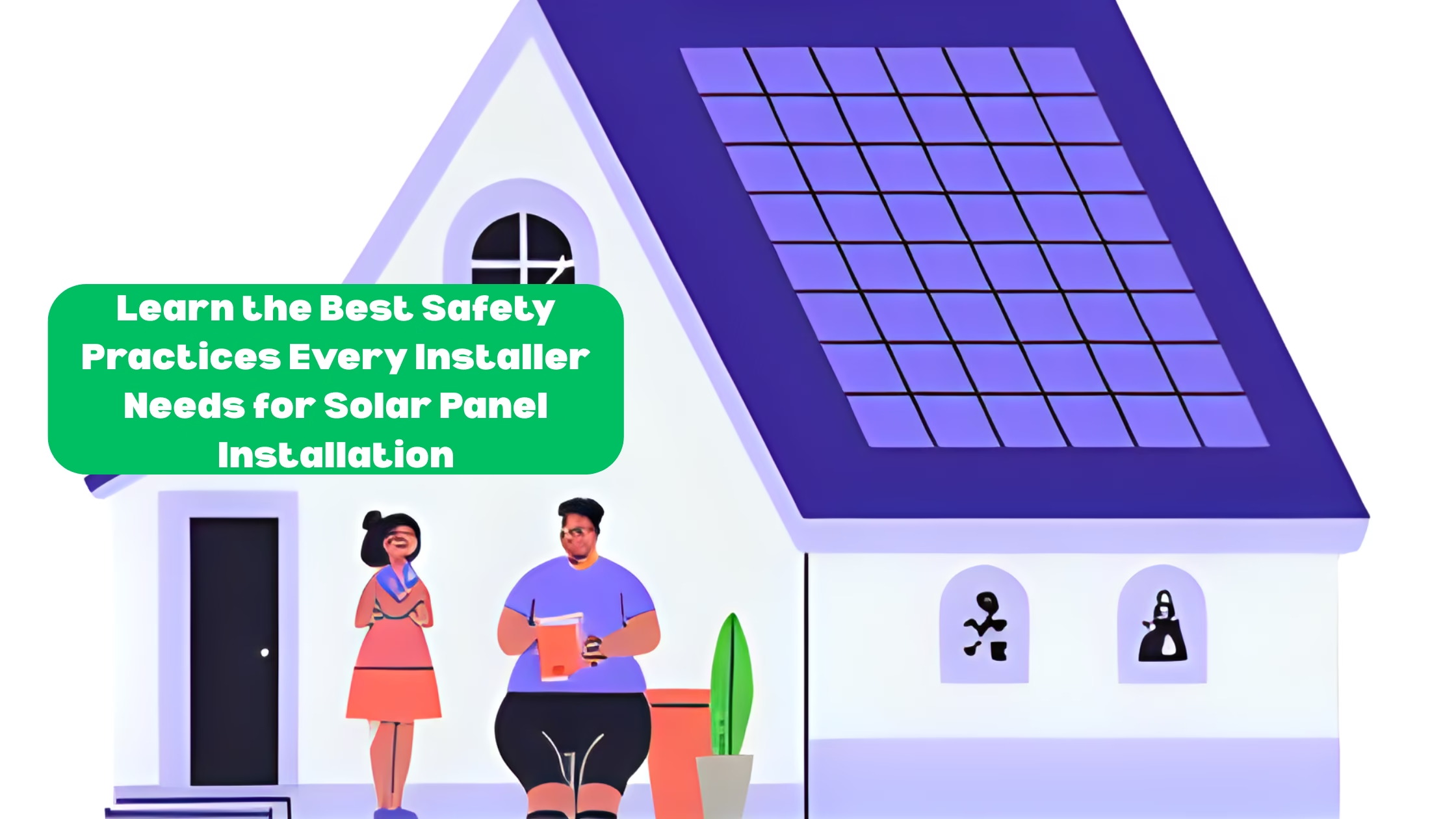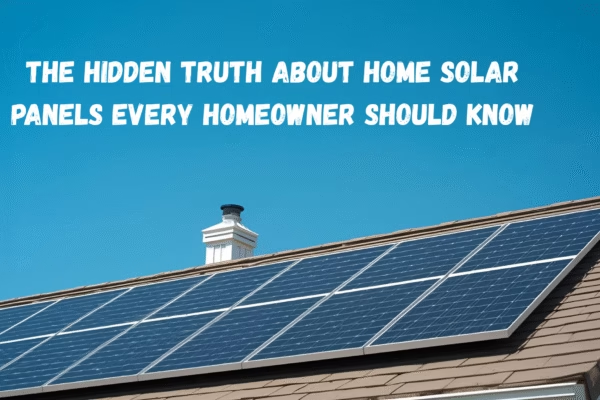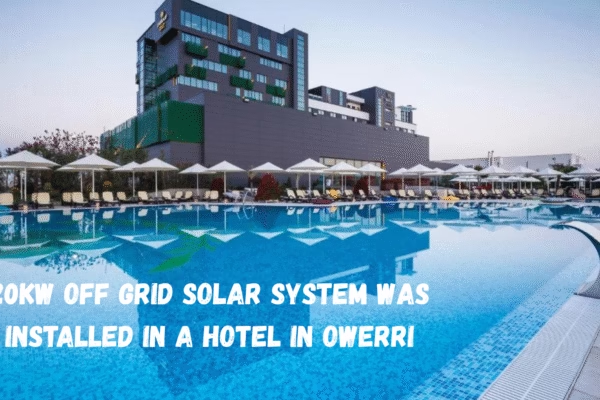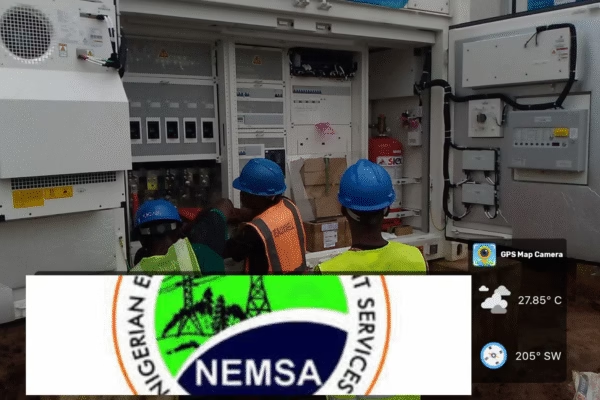Installing solar panels is one of the fastest-growing careers in renewable energy. With demand for clean energy rising, more professionals are entering the field. Yet, behind every solar project lies a critical concern: safety. From climbing rooftops to handling high-voltage systems, solar panel installation exposes you to serious risks. The difference between a safe installation and a dangerous one often comes down to following proven safety practices.
This article explores the most important safety steps every installer should know. You will learn how to protect yourself, your team, and your client’s property while boosting efficiency and maintaining compliance with industry standards.
Also Check:
Free Solar Installation Training in Nigeria – Register Now to Build a Sustainable Career
Solar Installer Certification in Nigeria — Requirements and Process
Why Safety Matters in Solar Panel Installation
Solar energy offers a cleaner future, but installing panels comes with challenges. Falls, electrical hazards, and fire risks are common. According to industry data:
- Falls from height account for 35% of solar installation accidents.
- Electrical shock makes up 25% of reported incidents.
- Fire hazards and improper wiring lead to 15% of safety issues.
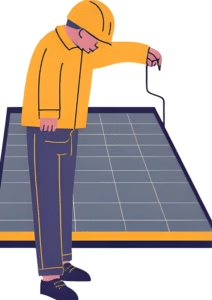
These statistics highlight why you cannot take safety lightly. A single mistake could cause injuries, project delays, or financial losses.
Key Safety Practices Every Solar Installer Should Follow
- Fall Protection and Working at Heights
Most solar installations occur on rooftops. That makes fall protection your top priority.
- Always use personal fall arrest systems (PFAS) such as harnesses, lanyards, and anchor points.
- Inspect ladders before use. Secure them on stable ground and extend at least three feet above the landing point.
- Install temporary guardrails or scaffolding when possible.
- Wear non-slip boots designed for roofing.
Ask yourself: Would your safety gear protect you if you slipped right now?
- Electrical Safety
Handling solar panels means dealing with live electrical circuits. One wrong move can lead to shock or electrocution.
- Shut down all circuits before connecting or disconnecting wires.
- Use insulated tools to reduce shock risks.
- Wear rubber insulating gloves when handling live connections.
- Label all circuits clearly to avoid confusion among team members.
- Test all circuits with a voltage tester before touching.
Remember, solar panels generate electricity as long as there’s sunlight. Treat them as live equipment at all times.
- Fire Prevention and Safe Wiring Practices
Faulty wiring is one of the leading causes of fire in solar systems.
- Follow manufacturer wiring diagrams without shortcuts.
- Use proper cable management to avoid loose or exposed wires.
- Protect cables from sharp edges and water infiltration.
- Always use certified connectors and junction boxes.
- Inspect installations regularly for overheating signs.
A single overlooked wire can put an entire building at risk.
- Proper Use of Tools and Equipment
Every tool you handle on-site can either make your work safer or increase risks.
- Keep power tools in good condition. Inspect them before use.
- Store tools in secure, organized tool belts or boxes to prevent tripping.
- Never use damaged extension cords.
- Use ground-fault circuit interrupters (GFCIs) when working with power tools outdoors.
Well-maintained tools don’t just improve safety—they also increase installation efficiency.
- Weather Awareness and Site Conditions
Weather plays a bigger role in solar safety than many expect.
- Stop work during rain, thunderstorms, or high winds.
- Avoid rooftop installations during extreme heat to prevent heatstroke.
- Wear UV-protective clothing and hydrate frequently in sunny conditions.
- Clear the site of loose debris before beginning installation.
Your safety depends on respecting nature’s conditions.
- Ergonomics and Manual Handling
Solar panels are heavy and awkward to carry. Improper lifting techniques lead to musculoskeletal injuries.
- Lift panels with two people whenever possible.
- Bend your knees and keep your back straight when lifting.
- Use panel carts or hoists for rooftop transport.
- Take short breaks to prevent fatigue.
Treat your body like essential equipment—it needs care to perform long term.
- Personal Protective Equipment (PPE)
Your PPE is the last line of defense between you and workplace hazards.
- Hard hats protect against falling objects.
- Safety glasses shield eyes from dust and sparks.
- Gloves prevent cuts, burns, and electrical contact.
- High-visibility vests make you visible in busy job sites.
Always check if your PPE is fit for use before stepping on-site.
- Team Communication and Training
No installer works alone. Safety is stronger when teams communicate.
- Hold daily safety briefings before starting work.
- Use clear hand signals or radios when working in noisy conditions.
- Train all workers on first aid and emergency procedures.
- Encourage team members to report hazards without fear.
Would your team know what to do if an accident happened right now?
- Emergency Preparedness
Preparation saves lives when accidents occur.
- Keep first aid kits easily accessible on-site.
- Identify and mark emergency exits clearly.
- Train workers in CPR and electrical shock response.
- Maintain contact numbers for local emergency services.
Seconds matter in emergencies. Planning ahead makes the difference.
Practical Tips to Boost Installer Safety
- Schedule installations early in the day to avoid peak sun exposure.
- Conduct site-specific risk assessments before starting.
- Keep walkways clear of cables and tools.
- Rotate tasks to prevent fatigue and improve focus.
These small steps add up to major improvements in site safety.
Final Thoughts
Solar panel installation is rewarding but demands responsibility. Safety practices are not optional—they’re the foundation of a successful project. By following fall protection, electrical precautions, fire prevention, proper tool use, weather awareness, ergonomic care, PPE, communication, and emergency preparedness, you protect yourself and deliver high-quality work.
Safe installers build trust, reputation, and long-term careers in the solar industry.
